A photographic exhibition of the End of the World
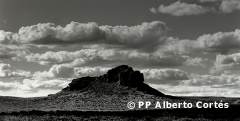 |
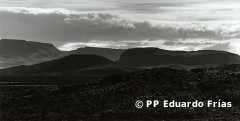 |
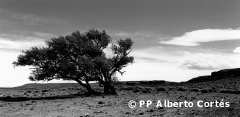 |
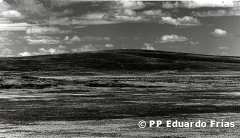 |
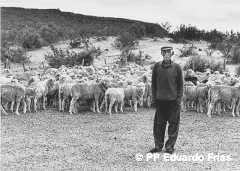 |
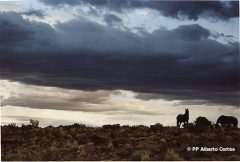 |
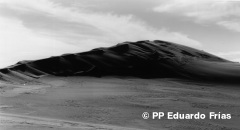 |
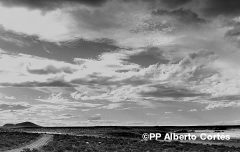 |
Alberto and Eduardo explain: ” With this exhibition we have taken the risk of showing these first notes, under the acronym PP®. It happens that we are anxious to prove that we are capable of presenting everything that we want to say about the Patagonia that we so much love. We have not taken the “postcard” approach, which represents only 5% of its area. We have focused on Patagonia in the strictest sense.”
The “finis terrae”, the astonishing land described by Charles Darwin in his travels, Alcides D´Orbigny and other illustrious visitors in their long journeys financed by European nations in the last century. What keeps the myth alive: “the end of the world”, Darwin´s “damned land” . It is this predominantly flat, infinitely gray, unpopulated, astonishing and unknown land that stirs the imagination in Europe as a fascinating hypothetical exotic destination for intellectuals and young people from central countries.
“We believe that in those times it was as easy to come from Buenos Aires as from Europe. And today this still holds true. We wanted to focus on a land where only the aborigines are left to stay, because after the collapse of world wool prices to about one fifth a few years ago, those who remained there are really willing to live in this place, in spite of all hardships.”
The exhibit intends to show the land, only this infinite land, the way those travelers saw it. The photographers put a special emphasis on a very strange formation called Meseta de Somuncura, a huge deserted plateau (32,000 km2 occupying the south of the Province of Río Negro and the north of the Province of Chubut). This plateau is paradoxically the source of water for the border spaces of the plateau. It is a volcanic formation, infinitely flat where clear basaltic surfacing can be observed with water from snow and scarce rains accumulating in its depressions.
“When making a photographic description of this landscape we use to say that it is formed by brownish grays, grayish greens and greenish browns.
The absolutely flat terrain with a few gorges and imperceptible undulations prevented us from capturing the light effects during most of the day. This forced us to travel extensively to take advantage of only a few hours a day, in complete solitude and finding shelter in some lost school far from everything but close to the people. A true fascinating and enlightening human experience”.
As to the treatment of the images, they looked for the huge disproportions of the scenery; for this they resorted to an unorthodox montage and mixed monochrome in normal copies, in “warm tone”, some copies turned to sepia, others partially turned to other materials (“snowed” or “light inversion® “, the Eduardo Frías´ own process and also a color touch with some rather exotic airs.
In Patagonia, reality itself provides surrealist elements and this is why objects from any urban periphery can be found with a separation of 200 km. The montage, that is, the placement of images within the frame also tried to insinuate these same disproportions.
“This is a long term task that will continue to grow and we will never abandon for many years to come…”
PP® (Alberto Cortés/Eduardo Frías)